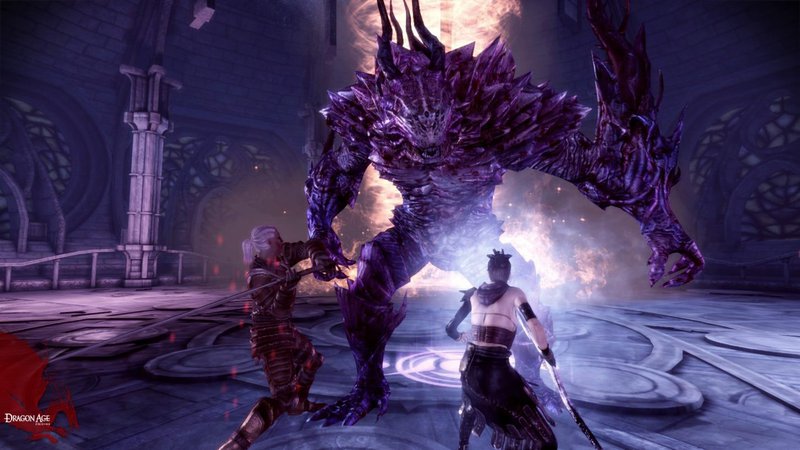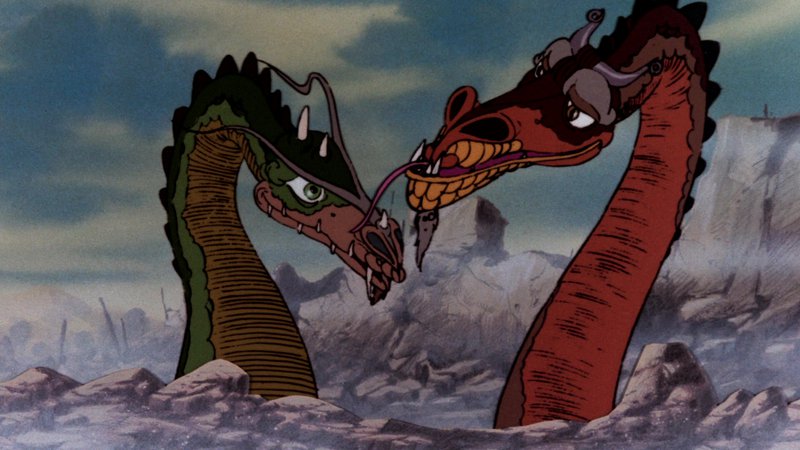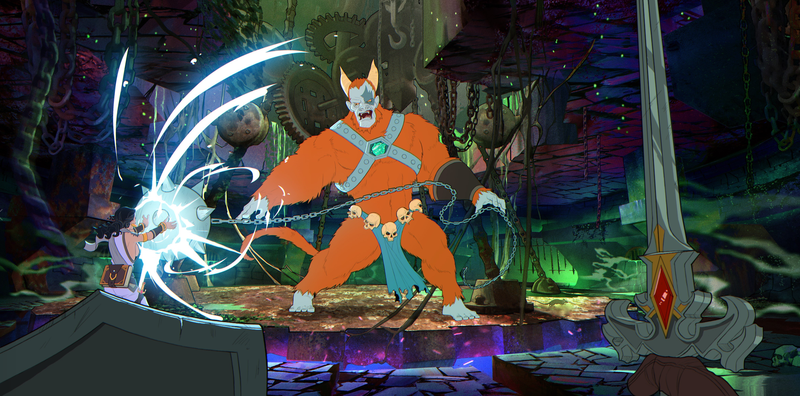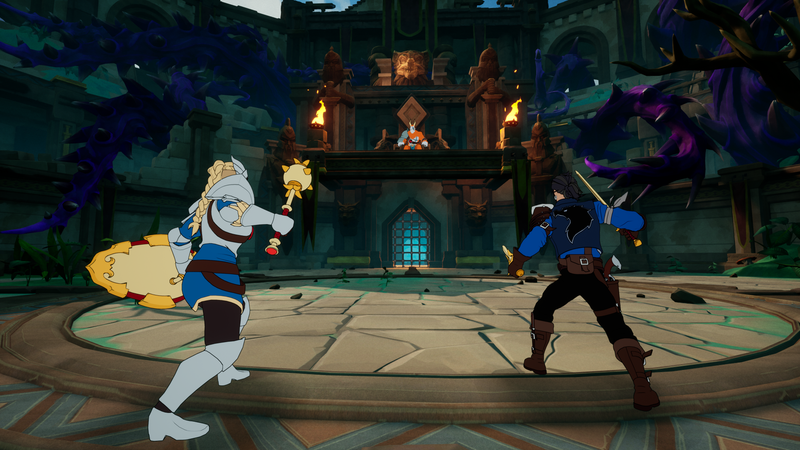
Hey adventurers!
Thanks for checking out this week's MythForce interview with Kirill Perekrest!
Born in a tiny town in Siberia, Kirill began his career as an automatization engineer in the petroleum industry. After two years, he decided to find something he loved better and found game development. He focused on mobile games for three years before joining World of Tanks and then Watch Dogs: Legion. His beloved black cat has followed him on five previous relocations and shares his love of video games, movies, and anime. Kirill studies psychology and biochemistry to understand the physical process of joy: that is, what happens in our brains when we enjoy a game or movie. One day he hopes to hike the Appalachian Trail.
What games first attracted you to game design?
I've been playing video games since I was five years old. The game that pushed me into development was Dragon Age: Origins. The game captivated me so much that when I had finished it I found that I wanted to create something deep and fascinating to give players hundreds of hours of joy. I wanted to be part of the video game industry.

Who are some of the creators who've inspired your work?
Stephen King, because of how hard-working he is. He just can't not write. And Shigeru Miyamoto, the person who created the company where the main idea of all games is gameplay and quality against quantity: each feature and mechanic should be polished to perfection.
What is it about 80s fantasy animation that works so well in a video game?
People like the feeling of nostalgia. Games allow you to go deep in it, deeper than any other media.
What is your favorite 80s cartoon (or nearest equivalent), and what do you love about it?
Every time I was ill as a child, I watched The Flight of Dragons. It took me so far away in a fantasy land that I forgot about pain and sickness. I don't watch it now because I don't want to spoil those childhood memories

What's the most satisfying/challenging/unusual task you've had while working on MythForce?
The base task was to create interesting first-person melee combat. When each monster is a threat to a player, the combat should simulate a fencing battle with attacks, blocks, and dodges. The main issue is that this type of gameplay is more suitable for a third-person camera. I could offer a whole lecture about it, but the short version is this: a player's character with a first-person camera behaves completely differently from an NPC. From an animation perspective, the hero character has much less limitation from the believability perspective because the player can't see his body. As the designer, you have to find a way to align these two systems: the player's movement and the enemy's movement. That's why first-person melee combat is not very common, and the majority of examples are horde-type games in which a player doesn't interact with a single enemy for a long time (one hit = one death). The whole project is a big challenge, how to align melee and ranged combat, how to make multiplayer roguelike, how to create specializations and individuality for characters in dynamic and skill-oriented gameplay.
Which is your favorite MythForce character to play, and why?
Victoria. I'm a professional tank in MMO games, and knight/paladin is my favorite fantasy archetype. And the sling shield of course.

What is the most exciting, ridiculous, triumphant, or humiliating moment you've had while playing MythForce?
I can't really answer the question, my impression is so distorted, every time I play I do it as a game designer, looking for issues and possibilities for polishing/improvements. This is the regular situation for game developers. But when I saw the Sporefolk rogue's shrinking for the first time, I was so excited that it worked! It is awesome.
What's the most appealing element of a roguelite game?
Death is not the end of the game. Every mistake is your personal experience that will help you to move forward.
Which villain in MythForce do you expect players to hate the most?
Beastor, because he is the first boss, and I made him tough.

What makes MythForce unique compared with other games you've worked on or played?
Engaging and enjoyable first-person melee combat that creates addictive core gameplay, and then cooperative play in the roguelike game. Everything's better with friends.
How does the cooperative mode in MythForce compare with the solo play experience for you?
Sharing a journey with friends, relying on them in combat, celebrating achievements together, and talking about all this afterward is what a solo experience will never give to you.

That's all for today's interview. Tune in next week for an interview with MythForce Lead Developer Jeremy Kroeker.



